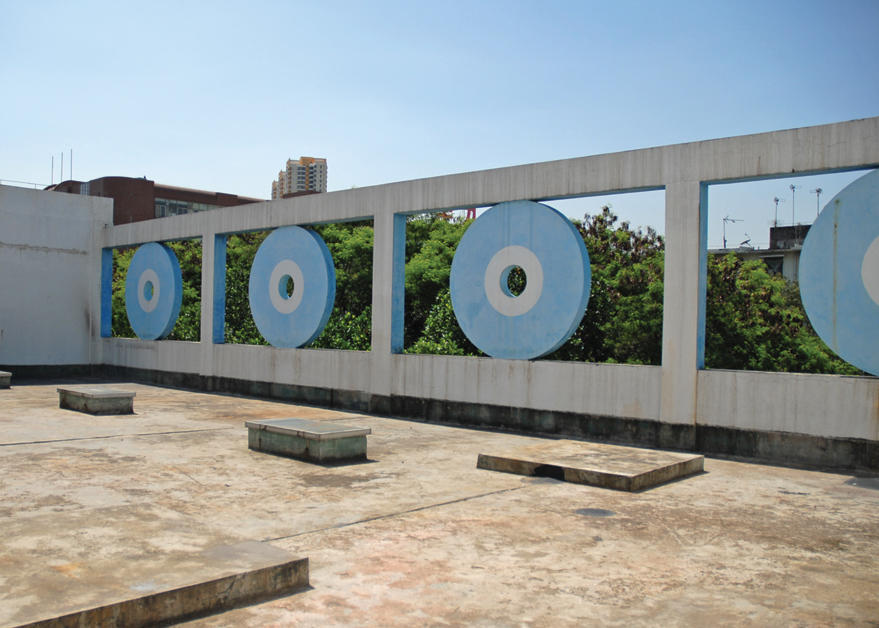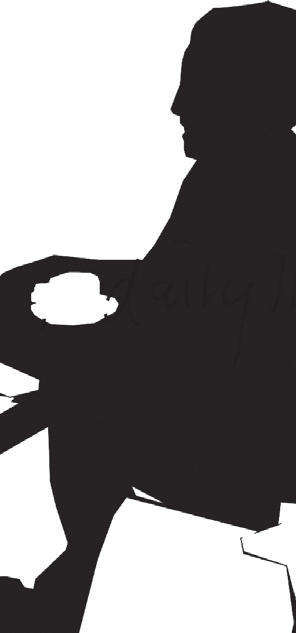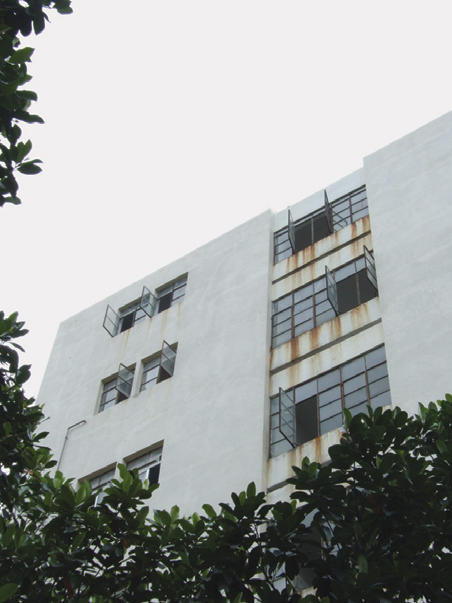
This year’s Shenzhen Biennale of Urbanism and Architecture takes the city itself — one of the fastest growing in China — as its central subject and inspiration.
The previous incarnation, held in 2005 and curated by MIT academic Yung Ho Chang, was more or less a straightforward celebration of the latest achievements of Chinese architects. This year, the Shenzhen government has requested that architect and biennale director Qingyun Ma take on a radically different portfolio: to curate a platform of ideas and pause for a moment of introspection that examines the particular needs of the city’s inhabitants and debates its future.
Initially brought onboard to oversee the biennale’s publications, I joined the Shanghai-based architect Yuyang Liu and Los Angeles–based architect Peter Zellner as a curator early this year. (I’d been living and working in China since 2005 when, by chance, I’d ended up exhibiting a series of photos and interviews from Cairo’s ‘City of the Dead’ in the Guangzhou Triennale.)
Today, Shenzhen is looking for new role models. The city began its growth spurt in 1979, when Deng Xiaoping created the first experiment in free-market economics in the region bordering Hong Kong. Workers flooded in from all over China; today around ninety-five percent of Shenzhen’s inhabitants have come from elsewhere. The sustained economic boom made Shenzhen China’s richest city and, for a while, a potent symbol of the coexistence of communism and the free market. The authorities have worked hard to meet “global standards,” planting 500,000 new trees each year and encouraging new “art and fashion” centers, for example.

But such initiatives notwithstanding, and though the city is still young — the average age of its inhabitants is twenty-eight — it has become a victim of its own success. Rural parents no longer want to send their daughters to Shenzhen, due to its well-publicized sex industry, and once-packed job centers are running dry. Gangsters run a growing drug trade and Shenzhen has become known as Second-Wife City, a place where rich Hong Kongers go to indulge their whims.
The biennale attempts to wrestle with this moment in Shenzhen’s history by looking at the lifeline of aging cities like London, New York, Jerusalem, and Cairo and comparing them with works-in-progress such as Dubai, Haikou, and Miami. By looking at these other cities, we hope to bring Shenzhen into a broader dialogue and aspire toward a new paradigm for urban reinvention.
The Shenzhen government has made interesting proposals. They asked us to look at personal stories of people who make unique and spontaneous interventions in Shenzhen, like the street hawker who was killed saving a man from a robber, the resident who made his home totally environmentally savvy, and the man who rebuilds discarded furniture to create comfortable public “lounge” spaces.
The city government, predictably, also asked us to review their new policies, which for a city that once represented China’s embrace of capitalism, now take a decidedly more communist turn. (For example, the government has plans to strip the city of advertising billboards and, for the first time in decades, build social housing.) So far, they appear to be seeking an engaged, rather than a purely promotional, approach.
In addition, the Shenzhen Biennale is linked to the Hong Kong Biennale for the first time, reflecting the symbiotic relationship between the two cities. The theme of the Hong Kong element is ‘Re-fabricating City,’ an echo of Shenzhen’s title, ‘City of Expiration and Regeneration.’ The two events will share forums and exchange ideas and exhibitions.
We are a mixed team from various disciplines, working with contributors around the globe; our communication and working methods are at times erratic and complicated. Sometimes we need translators; at times each of us has been misunderstood. Using BlackBerrys, mobile phones, Skype, and email we’ve created a new, often poetic, language of hybrid Chinese-English text-speak (in which to be called “un-Chinese” is the worst insult imaginable).
In October, I traveled to Hong Kong, Vancouver, London, Lagos, and Dubai, in search of what Qingyun Ma calls “models of anti-permanence, expirative strategies, and a few real new initiatives on reverse urbanism.”
Everywhere citizens and officials apply their own unique logic and creativity to the slippery notion of regeneration. In Dubai, the authorities pay an Australian urban planning firm to provide a retroactive framework for planning the city. In Rio de Janeiro, in a favela where the government has little to no authority, drug cartels are commissioning Dutch artists Jeroen Koolhaas and Dre Urhahn to paint each house in the entire favela as a separate pixel of a larger painting — making it the world’s largest artwork. In Guangzhou, Lagos, and Cairo, an intricate process of recycling means that suburbs are knitted together from different colored scraps of wood, cardboard, billboards, and corrugated iron.
Each city has its own emotional composition, too — the urban space has become a form of magazine, complete with quotes and headlines that instantly explain its desired identity and target audience. Forces such as love, hate, joy, and intelligence are urban commodities, traded on by shop owners, politicians, bouncers, taxi drivers, and tourist boards. At Lagos Airport, posters proclaim: “Nigerians are the happiest people on earth”; in Dubai, huge roadside billboards tell people that they’re able to “think.”
The Shenzhen Biennale investigates these trends, which often appear to contradict presupposed ideas of reality (and each other), yet indicate universal ambitions.

One commission involves “streetologist” photographer Reineke Otten exhibiting a series of global Pantone charts that map skin color against trends in fake tans and facial bleaching agents — trends that indicate flows of aspiration as much as dissatisfaction. They demonstrate a universal desire for both sameness and diversity, and a longing for change.
Every city struggles with and revels in its own eccentric mix of histories and cultures, wants, desires, and futures. Taking an iconoclastic, even deliberately utopian, approach, the biennale favors active engagement rather than academic survey; it will be a collection of fragments, an “emotional supermarket” display of possibilities.
In this way, the biennale is local in approach, if not in content. “Chinese shows,” says architect Neville Mars, of Beijing’s Dynamic City Foundation, “often present a random unorganized jumble of bold (potentially interesting) ideas and new projects as big solutions for the future.” Mars, whose project for the Shenzhen Biennale is titled Road Map to the Chinese Dream 2020, envisages this biennale as existing in opposition to the often rigid linearity of its Western counterparts.
Yet we hope to avoid simplistic statements that oscillate between two imagined opposing sides. In China, politics are plainly not a sphere for too much open discussion. We who are involved in exhibitions — this exhibition in particular — approach the political as it is played out in everyday urban life.